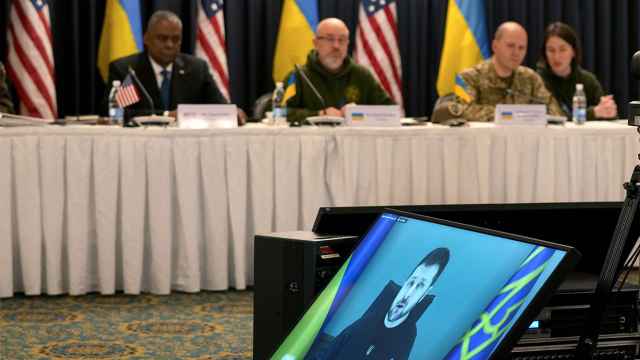
In 2022, something bad came out of something good. Russia’s invasion of Ukraine resulted in a remarkable show of unity and resolve on the part of the democratic world. The US, EU, UK, Japan, South Korea, Canada and Australia have imposed unprecedented economic sanctions against Russia. Ukraine was provided with multibillion-dollar military and economic support. Germany has vowed to make historic changes to its defense and energy policies. Finland and Sweden have applied to join NATO.
China’s hostility towards Taiwan and its stated “borderless” partnership with Russia have also sparked reactions in the Indo-Pacific region. Japan has announced a significant increase in military spending. The Philippines has strengthened its ties with America. Four countries – India, Japan, Australia and the United States – held the summit. Democracies in Europe and Asia have also begun to cooperate more closely with each other. For the first time, Japan, South Korea and Australia took part in the NATO summit. This year, it will be much more difficult to maintain the unity of advanced democracies. Active and engaged U.S. leadership has played a critical role in the democratic world’s response to the Sino-Russian partnership.
But there are serious tensions between Washington and its allies. The Western alliance is openly divided over future military aid to Ukraine. This was evident at the allies’ meeting in Ramstein on Friday, when Germany resisted strong pressure to allow the transfer of Leopard tanks to Ukraine.
Headlines after the Ramstein meeting focused on Germany, but the divisions within the Western alliance are more complex. There is a hawkish wing, including Poland, the Nordic countries, the Baltic states and the UK, which is pushing for the speedy transfer of more modern weapons, including tanks, to Ukraine. The US is somewhere in the middle between the hawks and the over-cautious Germans. Hawks worry that the Biden administration has allowed itself to be frightened by the threat of nuclear war and is therefore too timid about supplying advanced weapons such as longer-range missiles. But criticism is muted because the US is by far the largest donor of military and financial aid to Ukraine.
These conflicts are still under control. But if the situation for Ukraine worsens in the spring, mutual accusations could cross this line. Tensions between the US and Europe also have an economic dimension – many in the EU accuse Washington of protectionism, providing large subsidies to green industry and electric vehicles within the US. The US response is that Europe should simply provide its own subsidies for green technologies, which sounds unrealistic to many. Allowing states to subsidize their own industries could blow up the EU single market, while a single EU subsidy regime would immediately spark controversy over how the money was raised and what it was spent on.
Behind this lies a growing fear that the US is ahead of Europe economically, and that the war in Ukraine is accelerating this process. European industrialists point to the US’s key advantages: cheap energy, plenty of land, technological leadership and the world’s reserve currency.
China is also important in this system. Confrontational language and attitudes toward Beijing are now commonplace in US politics. Most European and Asian governments are still hedging. China is now the biggest potential fault line between America and its Asian allies. Japan, Australia, South Korea and the Philippines are all U.S. treaty allies and agree on the need to strengthen military deterrence against China. But everyone is afraid of how far America might go.
I noticed this debate when I chaired a World Economic Forum meeting on Japan last week. US participant Stephen Pagliuca, the outgoing co-chairman of Bain Capital, argued that the world’s democracies would increasingly trade among themselves and not become too economically dependent on autocracies. The chief executive of Tokyo drinks group Suntory Holdings was wary of that argument and welcomed the fact that Japan’s trade with China is growing.
Singaporeans—key U.S. partners in both trade and security—are openly alarmed by the extent of America’s restrictions on technology exports to China. They fear this will lead to a dangerous spike in tensions between the US and China. There are also concerns that US efforts to localize supply chains will make industry less efficient and fuel inflation.
All these tensions could make it difficult for democracies in Europe, Asia and America to work together in the coming year. But divisions within the “global West” can be mitigated by sensible political measures. American policymakers are increasingly aware of European concerns about the Inflation Reduction Act and may try to change the law. A more clearly defined U.S. policy on technology exports to China would also reassure allies.
Above all, NATO allies need to agree on a common position on arms supplies to Ukraine—and do it quickly, before fighting escalates this spring. The unity between democratic allies achieved in 2022 is priceless. It cannot be lost in 2023.

